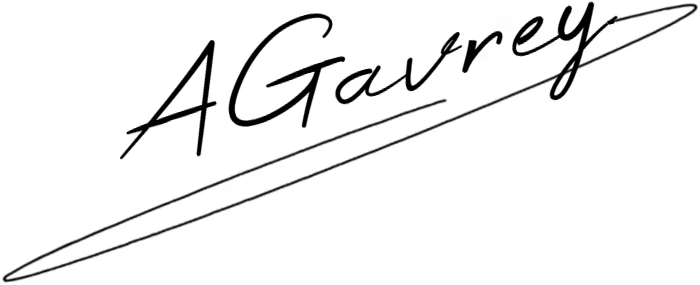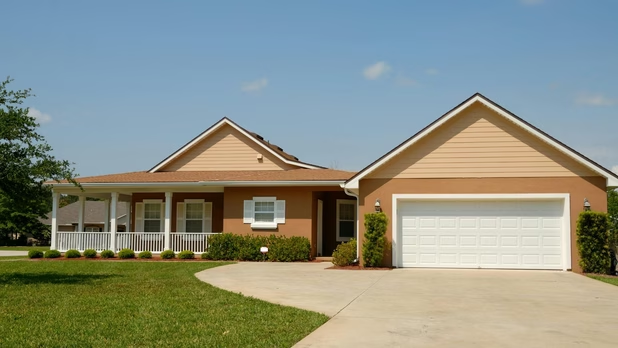Understanding North Dakota (ND) Real Estate Tax
Real estate taxes, also known as property taxes, play a significant role in North Dakota's revenue system. Residents who own property in North Dakota are responsible for paying property taxes, which contribute to local budgets for schools, infrastructure, and various public services. Understanding the structure and nuances of these taxes is essential for property owners in the state. In this article, we’ll explore how real estate taxes are assessed, calculated, and the ways property owners can navigate the tax structure to maximize their savings.
How North Dakota Real Estate Taxes Are Calculated
North Dakota’s real estate tax system is based on the assessed value of a property. The assessed value, determined by county assessors, serves as the baseline for tax calculations. Each property is assessed based on its market value, which considers factors such as location, property type, and recent comparable sales. Once the market value is determined, it is multiplied by an assessment ratio to yield the assessed value. The assessment ratio in North Dakota typically ranges between 9% to 10% of the market value for most residential properties.
The assessed value is then multiplied by the mill rate, which is a measure of the tax rate per $1,000 of assessed value. The mill rate varies between counties and municipalities, depending on the local budget needs for schools, public safety, infrastructure, and other community services. For example, if a county has a mill rate of 150, a property assessed at $200,000 would incur a tax of $3,000 annually. Property owners can find their specific mill rate by contacting their county tax assessor's office.
Tax rates fluctuate depending on local government funding needs, so the effective property tax rate may vary each year. However, the North Dakota constitution caps the mill rates, which prevents extreme variations and keeps property taxes manageable. Property owners can view the breakdown of tax contributions to different sectors, such as education and healthcare, by reviewing their annual tax statements.
Real Estate Tax Exemptions in North Dakota
North Dakota provides several tax exemptions and relief programs aimed at reducing the burden on specific groups of property owners. These exemptions target groups like senior citizens, veterans, and certain types of property improvements. For example, the Homestead Credit offers tax relief for senior citizens and disabled homeowners by reducing the taxable assessed value of their property. This program is available to individuals 65 years and older who meet specific income criteria.
The Disabled Veterans Credit is another relief program in North Dakota, providing a reduction in property taxes based on the percentage of disability. Veterans with a 100% disability rating may receive an exemption on up to $120,000 of the property’s assessed value. Additionally, improvements made to property, such as adding energy-efficient upgrades, may qualify for a temporary exemption to encourage sustainable property enhancements.
Each exemption or credit has specific eligibility criteria. Property owners should consult with their county assessor’s office or review North Dakota’s property tax guidelines to verify their qualification for these programs. Applying for exemptions requires submission of relevant documentation, such as proof of income or disability status, to the county assessor’s office.
North Dakota Property Tax Payment Process
In North Dakota, real estate taxes are usually due in two installments. The first installment is due on February 15, and the second on October 15. Property owners who pay the entire year's tax by February 15 may qualify for a small discount, typically 5%, encouraging early payment. Payments can be made by check, online, or in person at the county tax office. Each county may have slightly different payment methods and discount policies.
Failing to pay property taxes on time results in penalties and interest charges. North Dakota has a structured penalty schedule that increases incrementally with each month of late payment. For instance, a 4% penalty might apply in the first month, with additional increments for subsequent delays. To avoid these penalties, property owners should keep track of due dates and consider setting reminders or enrolling in auto-payment options if available.
For property owners facing financial hardship, North Dakota provides options for tax deferrals or installment payment plans. These deferrals allow eligible homeowners, particularly seniors, to defer tax payments until they sell the property or the homeowner passes away. Deferred taxes accumulate over time but remain interest-free under certain conditions, making this option beneficial for those on fixed incomes.
County-Specific Property Tax Rates
| County | Average Mill Rate | Effective Property Tax Rate |
|---|---|---|
| Burleigh | 150 | 1.50% |
| Cass | 120 | 1.20% |
| Grand Forks | 130 | 1.30% |
| Morton | 140 | 1.40% |
| Ward | 125 | 1.25% |
How to Appeal a Property Assessment in North Dakota
Property owners in North Dakota have the right to appeal their property assessments if they believe the assessed value is too high. The appeal process typically begins at the local level with the County Assessor’s Office. Property owners must file a formal complaint, providing evidence that their property’s assessment is higher than its actual market value. Evidence can include recent sales of comparable properties or a professional appraisal report.
The appeal deadline varies by county, but it generally falls between April and May. Property owners can attend a hearing with the County Board of Equalization, where they can present their case. If the board agrees, they may lower the assessment, thereby reducing the annual property tax burden. For additional appeals, property owners can approach the North Dakota State Board of Equalization.
The appeals process may involve a fee and requires diligence in gathering and presenting evidence. It’s recommended to review recent property sales and consult with an assessor or property tax advisor to strengthen the case. This approach ensures that homeowners are paying a fair tax rate based on the true value of their property.
Tax Benefits of Owning Property in North Dakota
- Stable Mill Rates: North Dakota’s constitutional caps on mill rates provide stability for property tax rates, making it easier for property owners to anticipate annual expenses.
- Exemptions and Credits: Special exemptions for veterans, seniors, and disabled individuals reduce the tax burden for these groups, making property ownership more accessible.
- Early Payment Discounts: Discounts for early payment encourage timely contributions and provide a financial advantage to proactive homeowners.
- Improvement-Based Tax Relief: Properties with qualifying improvements, such as energy-efficient upgrades, may receive temporary tax relief, promoting environmentally friendly development.
- Flexibility in Payment Options: North Dakota’s tax payment plans and deferral options provide relief for property owners facing financial challenges.
Conclusion: Navigating ND Real Estate Tax System
North Dakota’s real estate tax system balances local needs with taxpayer affordability through structured assessments, capped mill rates, and targeted exemptions. Understanding the calculation process, as well as available exemptions and appeal rights, empowers property owners to manage their tax obligations effectively. Property tax revenues support essential services such as education, public safety, and infrastructure, which contribute to the overall quality of life within North Dakota communities.
Property owners are encouraged to stay informed about any changes in mill rates and local budgets to plan for tax variations annually. By utilizing available exemptions, taking advantage of payment plans, and challenging inaccurate assessments, North Dakota property owners can minimize their tax liabilities. Ultimately, a proactive approach can lead to substantial savings, ensuring that property ownership remains a worthwhile investment.
Evaluation of IQTaxHub
Pros
Cons

November 1, 2024 at 2:45 p.m.
November 1, 2024 at 3:00 p.m.

